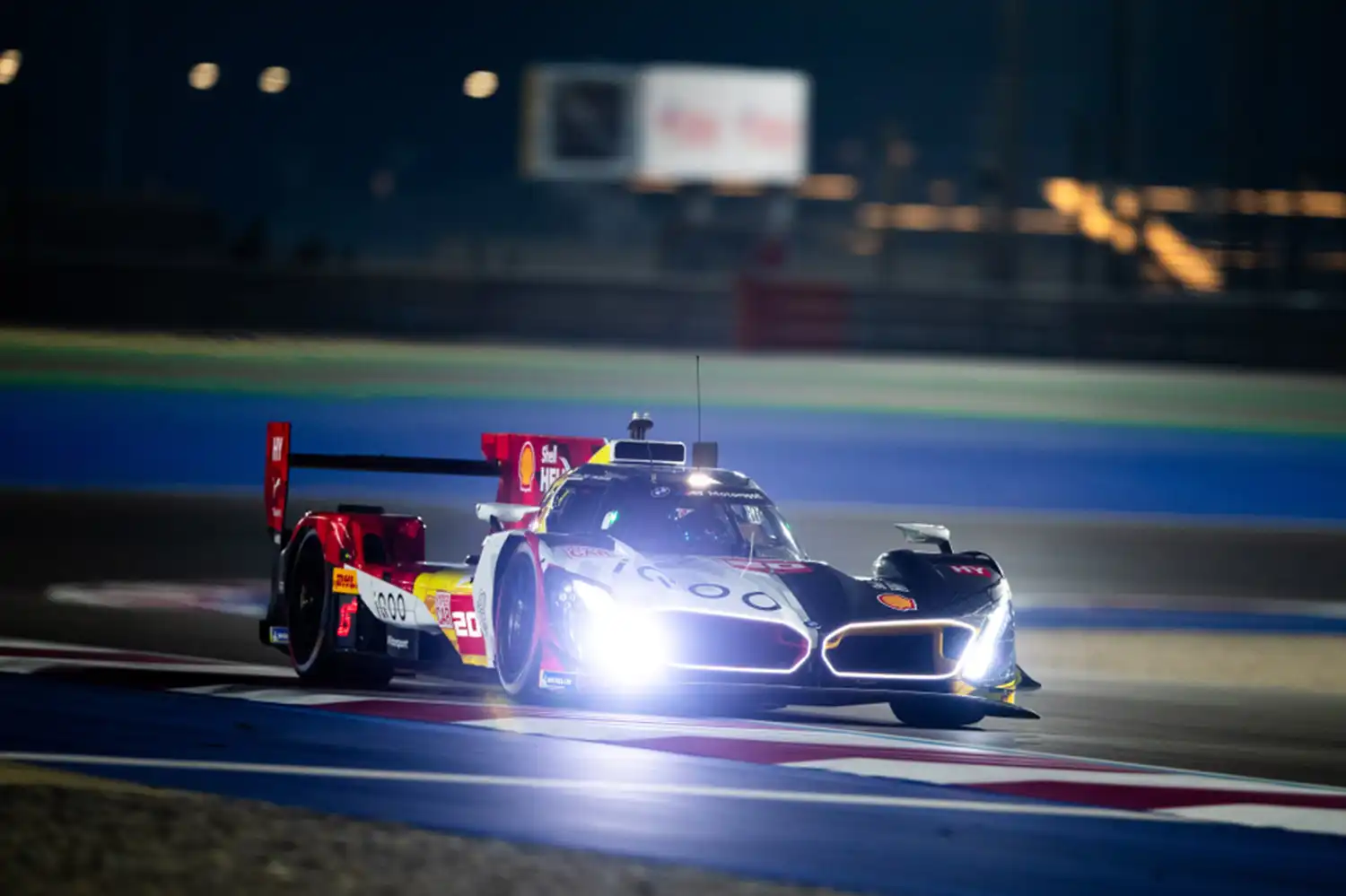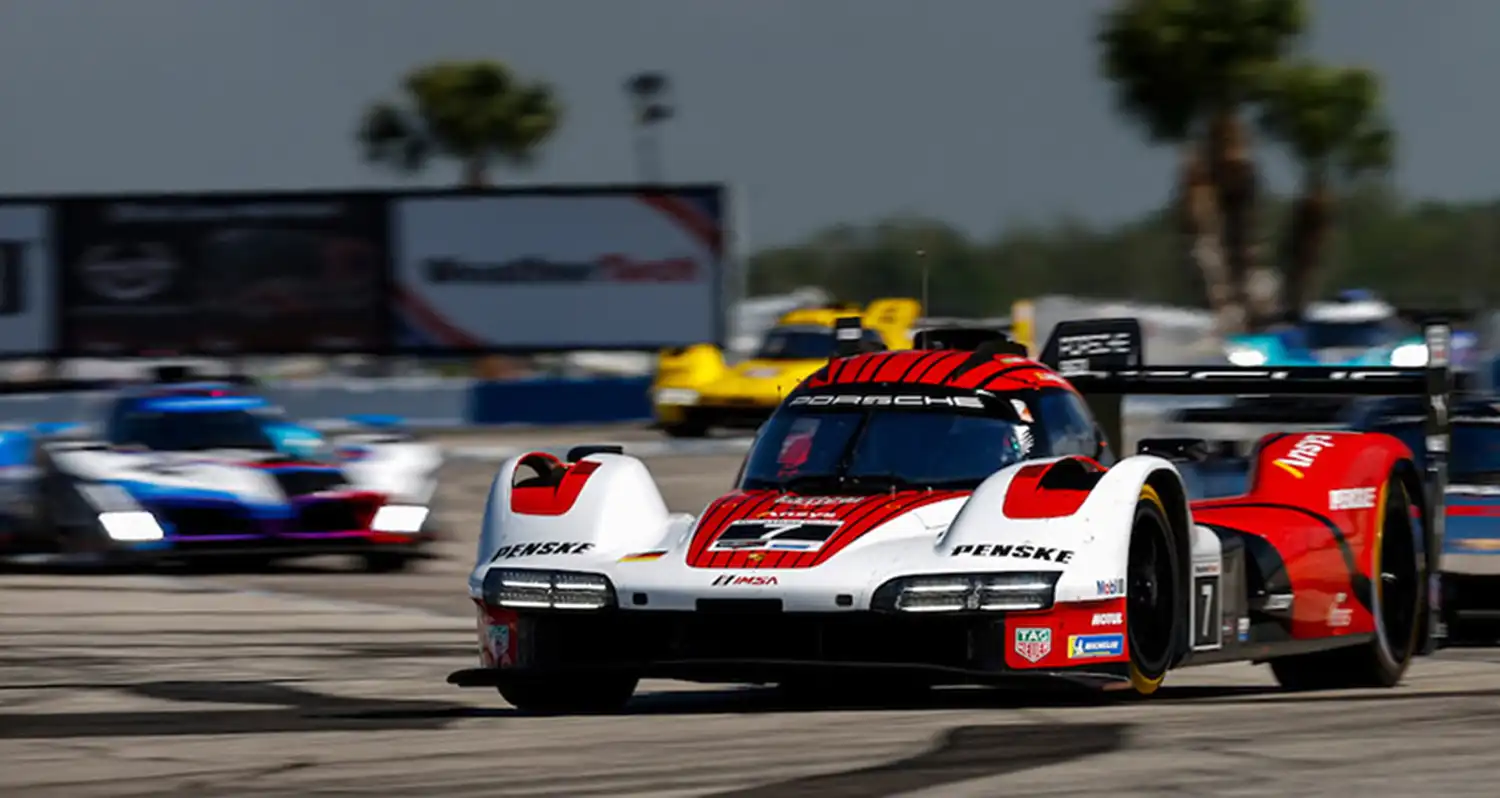
For motorsport enthusiasts, the world of endurance racing offers a thrilling spectacle of speed, strategy, and reliability. Two of the most prominent players in this arena are the IMSA WeatherTech SportsCar Championship (IMSA) and the FIA World Endurance Championship (WEC). While both series feature high-performance machinery battling it out over extended periods, they possess distinct characteristics that cater to different audiences and present unique challenges to manufacturers and teams. Understanding these differences and commonalities is key to appreciating the rich tapestry of modern endurance racing.
Global Stage vs. North American Focus: One of the most fundamental distinctions between IMSA and WEC lies in their geographical scope. Global Reach of WEC: The FIA World Endurance Championship is a truly international series, with a calendar that spans the globe. Races are held at iconic circuits in Europe, Asia, the Middle East, and occasionally North America. This global presence attracts manufacturers and teams with worldwide marketing ambitions and provides a diverse range of challenging tracks. North American Heartland of IMSA: In contrast, the IMSA WeatherTech SportsCar Championship primarily focuses on races held within North America, with the majority of events taking place in the United States and a few in Canada. This regional focus resonates strongly with North American audiences and manufacturers looking to showcase their performance and technology in this key market.
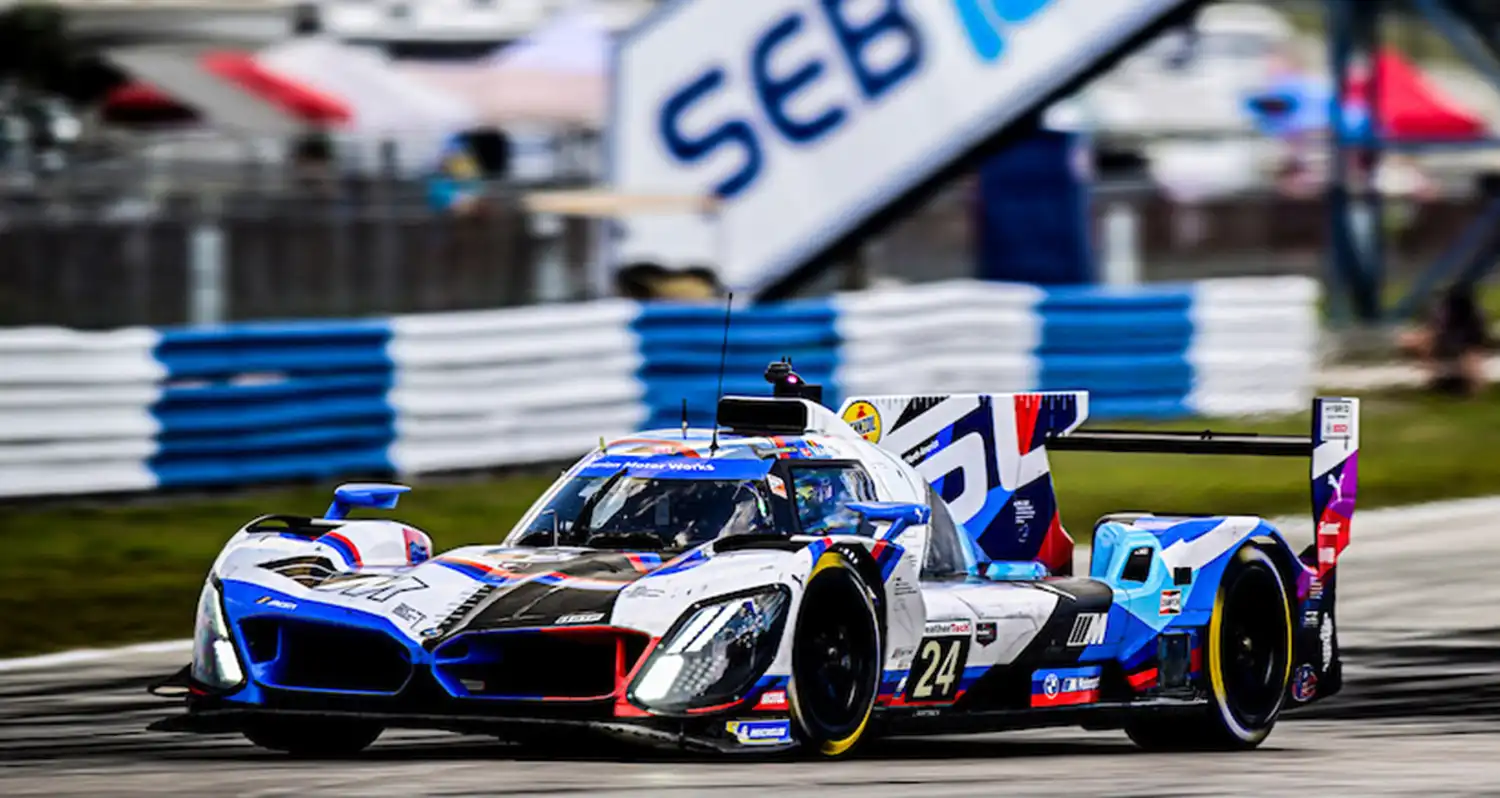
Race Formats: Endurance Epics and Sprint Challenges: While both championships are rooted in endurance racing, their race formats present notable variations. WEC’s Emphasis on Longer Enduros: The WEC calendar is predominantly comprised of longer endurance races, typically ranging from six to 24 hours. The crown jewel of the WEC season is the legendary 24 Hours of Le Mans, an event of unparalleled prestige and historical significance in motorsport. Other races like the 6 Hours of Spa-Francorchamps and the 8 Hours of Bahrain contribute to a championship that truly tests the limits of endurance for both cars and drivers. IMSA’s Blend of Endurance and Sprint Races: IMSA offers a more diverse calendar, incorporating both longer endurance events and shorter sprint races. The IMSA Michelin Endurance Cup, a championship within the championship, encompasses the four longest races: the Rolex 24 at Daytona, the Sebring 12 Hours, the Six Hours of The Glen, and Petit Le Mans at Road Atlanta. The remainder of the IMSA schedule features shorter races, often around the two-hour and forty-minute mark, providing a different kind of strategic challenge where outright speed and flawless execution over a shorter duration are paramount.
Top Class Regulations: A Tale of Convergence: The premier prototype classes in both IMSA and WEC have undergone a significant convergence in recent years, aiming to create a unified platform for top-level competition. Hypercar in WEC: The WEC’s top class is known as Hypercar, featuring two distinct types of machinery: Le Mans Hypercars (LMH), built to bespoke regulations with a focus on manufacturer identity and design freedom, and Le Mans Daytona h (LMDh), which utilize a common chassis from approved suppliers and manufacturer-developed powertrains, often incorporating hybrid technology. GTP in IMSA: IMSA’s top class is the Grand Touring Prototype (GTP), which exclusively features LMDh cars. This alignment in regulations allows manufacturers like Porsche, BMW, Cadillac, and Lamborghini to compete in both championships with largely similar machinery, albeit with potential subtle differences in bodywork and setup. This convergence has been a major draw, attracting a diverse array of global manufacturers to the top echelons of sports car racing.

GT Regulations: Diverging Paths: While the top prototype classes have converged, the Grand Touring (GT) regulations in IMSA and WEC have taken slightly different paths. LMGT3 in WEC: The WEC features the LMGT3 class, which utilizes FIA GT3 regulations with some specific adjustments. This class focuses on amateur and professional drivers sharing the cockpit. GTD and GTD Pro in IMSA: IMSA has two GT classes: GT Daytona (GTD), which also utilizes FIA GT3 machinery and emphasizes amateur drivers, and GTD Pro, a class specifically for professional driver lineups competing with the same GT3 cars. While the underlying car regulations are similar, the driver categorizations and championship structures differ.
Sporting Regulations and Race Management: Subtle but important differences exist in the sporting regulations and how races are managed in IMSA and WEC. Safety Car Procedures: One notable difference often discussed by fans and competitors is the safety car procedure. IMSA tends to utilize a more frequent and lengthy safety car intervention for track incidents, often leading to more restarts and condensed racing action. WEC, on the other hand, typically employs Full Course Yellow (FCY) periods to neutralize the race while maintaining the gaps between competitors, with safety car periods being less frequent and generally reserved for more significant incidents. These differences in race management can significantly impact race strategy and the overall flow of the competition.
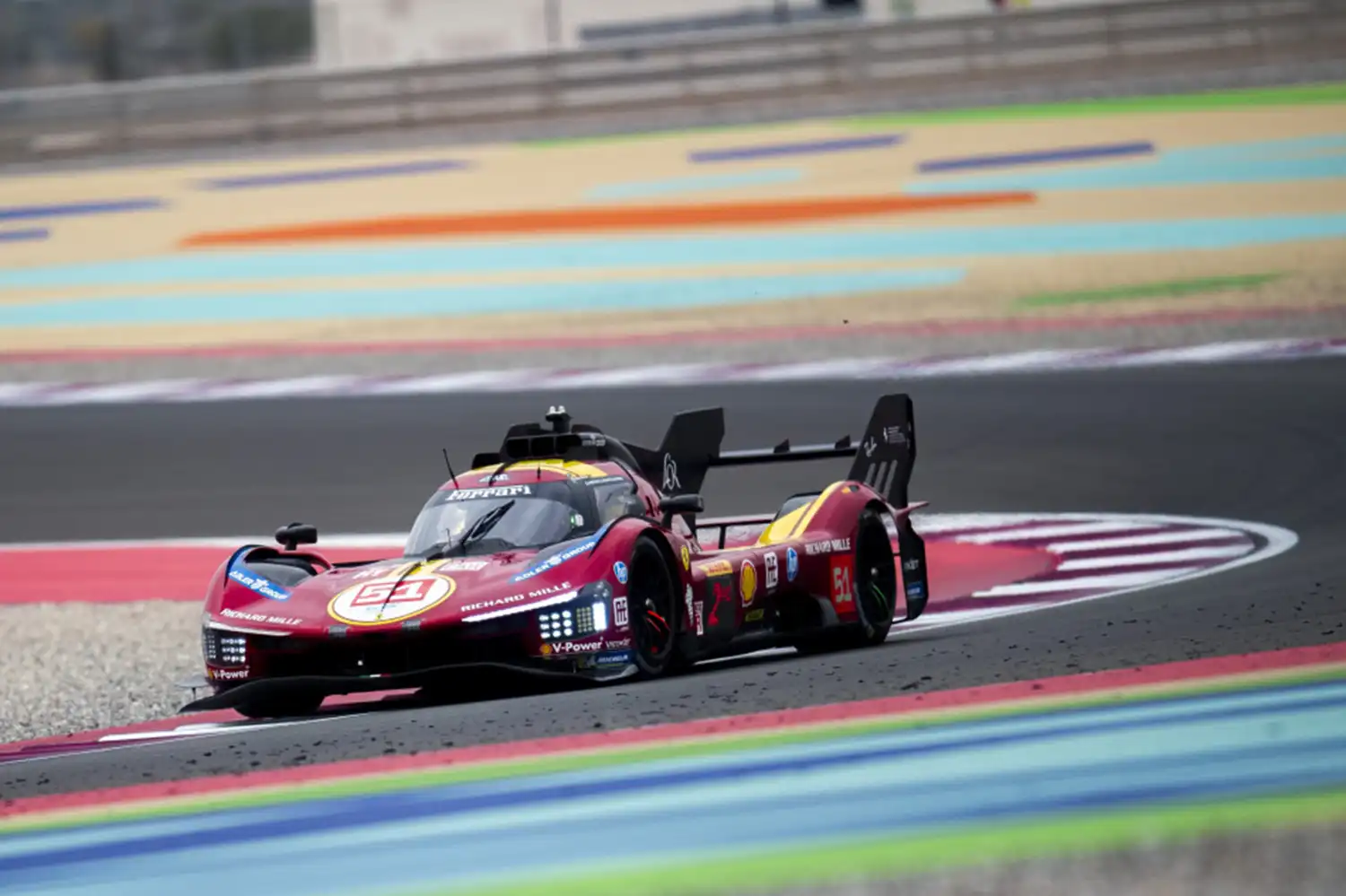
Common Ground: Passion and Performance: Despite their differences, IMSA and WEC share several fundamental commonalities. Both championships are home to some of the most prestigious endurance races in the world, attracting top-tier driving talent and cutting-edge automotive technology. They both provide a platform for manufacturers to showcase the performance, reliability, and efficiency of their vehicles in demanding racing environments. Moreover, both IMSA and WEC foster a passionate community of fans who appreciate the unique challenges and rewards of endurance racing. The roar of high-performance engines, the strategic battles in the pits, and the unwavering determination of drivers and teams to conquer the clock are all integral parts of the enduring appeal of both IMSA and WEC.
Looking Ahead: The future of endurance racing looks bright, with the continued convergence of top-class regulations promising even more exciting battles between global manufacturers on both sides of the Atlantic. While IMSA will continue to serve its dedicated North American fanbase with its blend of endurance and sprint racing, WEC will maintain its position as the premier global championship, highlighted by the iconic 24 Hours of Le Mans. Together, IMSA and WEC offer a diverse and compelling landscape for manufacturers, teams, and fans alike, ensuring a vibrant and thrilling future for the world of endurance motorsport.
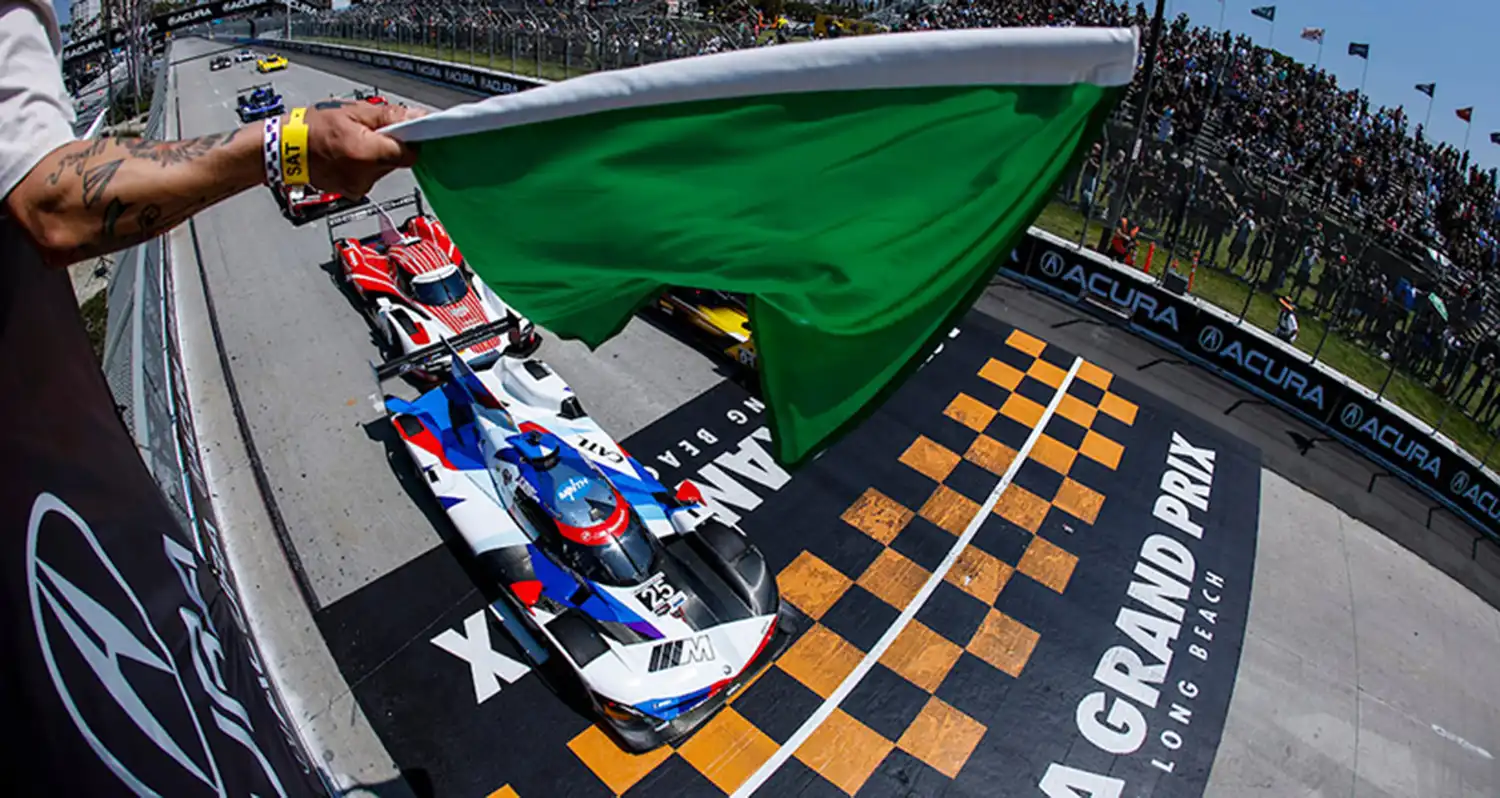
Summary:
- WEC: Global championship with races worldwide, primarily longer endurance events (6-24 hours), Hypercar (LMH and LMDh) top class, LMGT3 GT class, less frequent safety car interventions.
- IMSA: Primarily North American championship, blend of endurance (2.4-24 hours) and sprint races, GTP (LMDh) top class, GTD and GTD Pro GT classes, more frequent safety car interventions.
- Common Points: Both feature prestigious endurance races, top-tier drivers and technology, platform for manufacturers, passionate fan base.
- Convergence: Top prototype classes (Hypercar/GTP) have largely converged on LMDh regulations.
- Divergence: GT regulations (LMGT3 vs. GTD/GTD Pro) and sporting regulations (safety car procedures) differ.
Disclaimer: Regulations and specific details of racing series can change. Refer to the official websites of IMSA and WEC for the most up-to-date information.
Photos Source : FIA & IMSA
This article was crafted with assistance from Gemini
